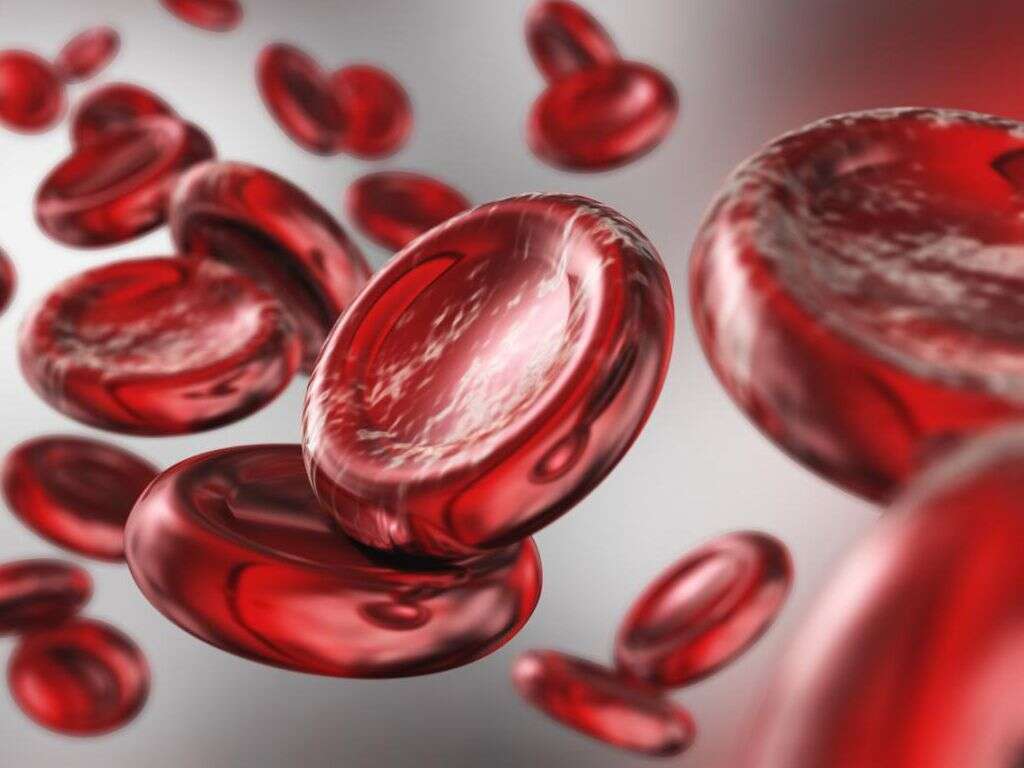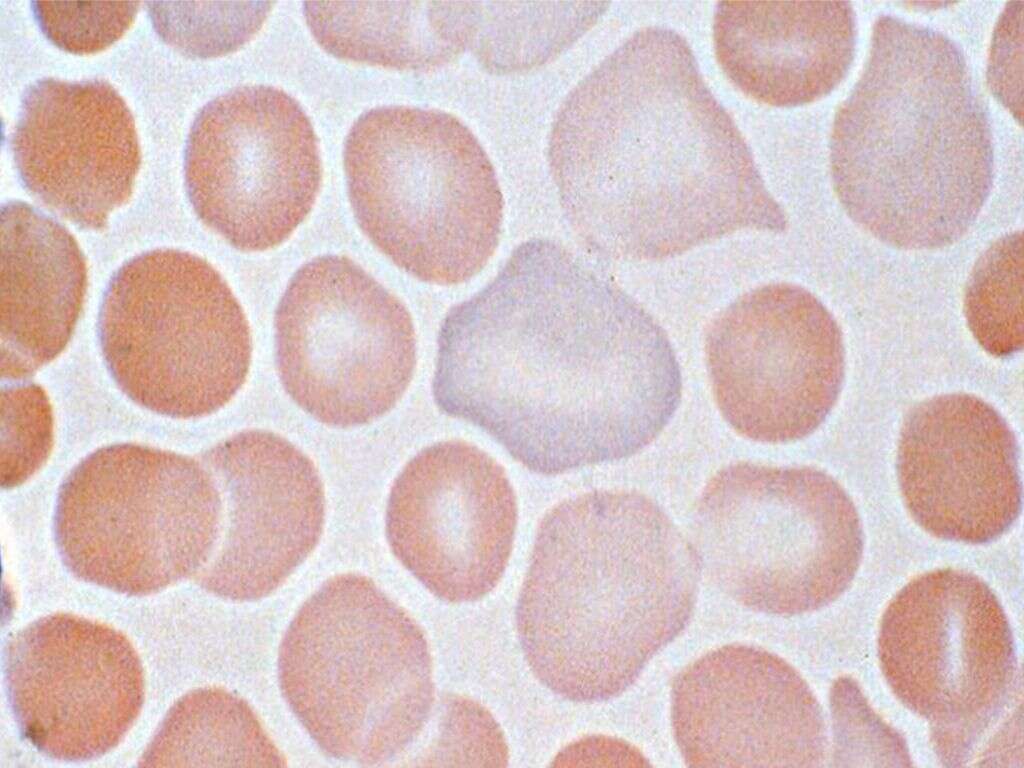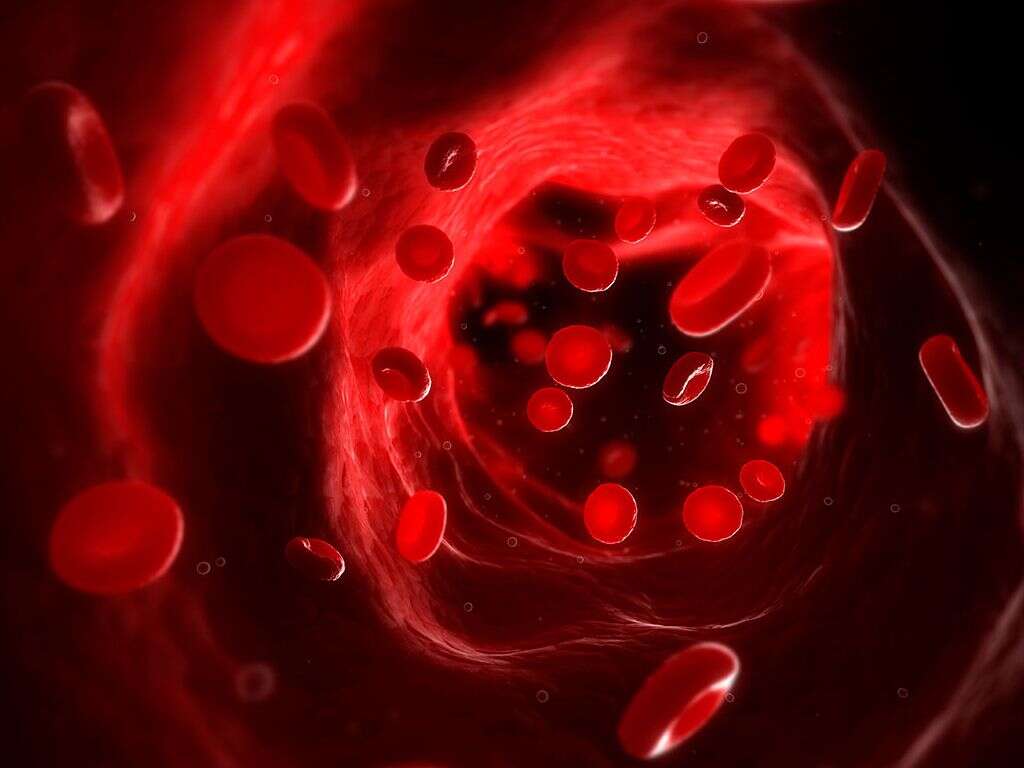10 Sickle Cell Anemia Symptoms
Symptom #7: Jaundice
Jaundice is defined as the yellowish pigmentation of the skin, mucous membranes and sclera of the eyes due to high levels of bilirubin in the blood. There are many causes of jaundice which range from mild to fatal conditions. Jaundice can occur when there is excessive red blood cell breakdown, consumption of certain foods, side effects of medications, gallstones, pancreatitis, leptospirosis, and more.
In sickle cell disease, the excessive breakdown of RBCs by the macrophages (immune system cells) of the reticuloendothelial system (spleen, liver, and lymph nodes) leads to high levels of unconjugated bilirubin. In short, protoporphyrin, an important component of hemoglobin in RBCs, needs to be broken down into unconjugated bilirubin and sent to the liver. Under normal circumstances, in order to be excreted in the bile, bilirubin must undergo a process of conjugation in the liver that makes it water-soluble. However, if there is excessive production of unconjugated bilirubin, the ability of the liver to take up and conjugate this product is overwhelmed. Thus, unconjugated bilirubin will accumulate in the bloodstream and cause jaundice.
Advertisement












